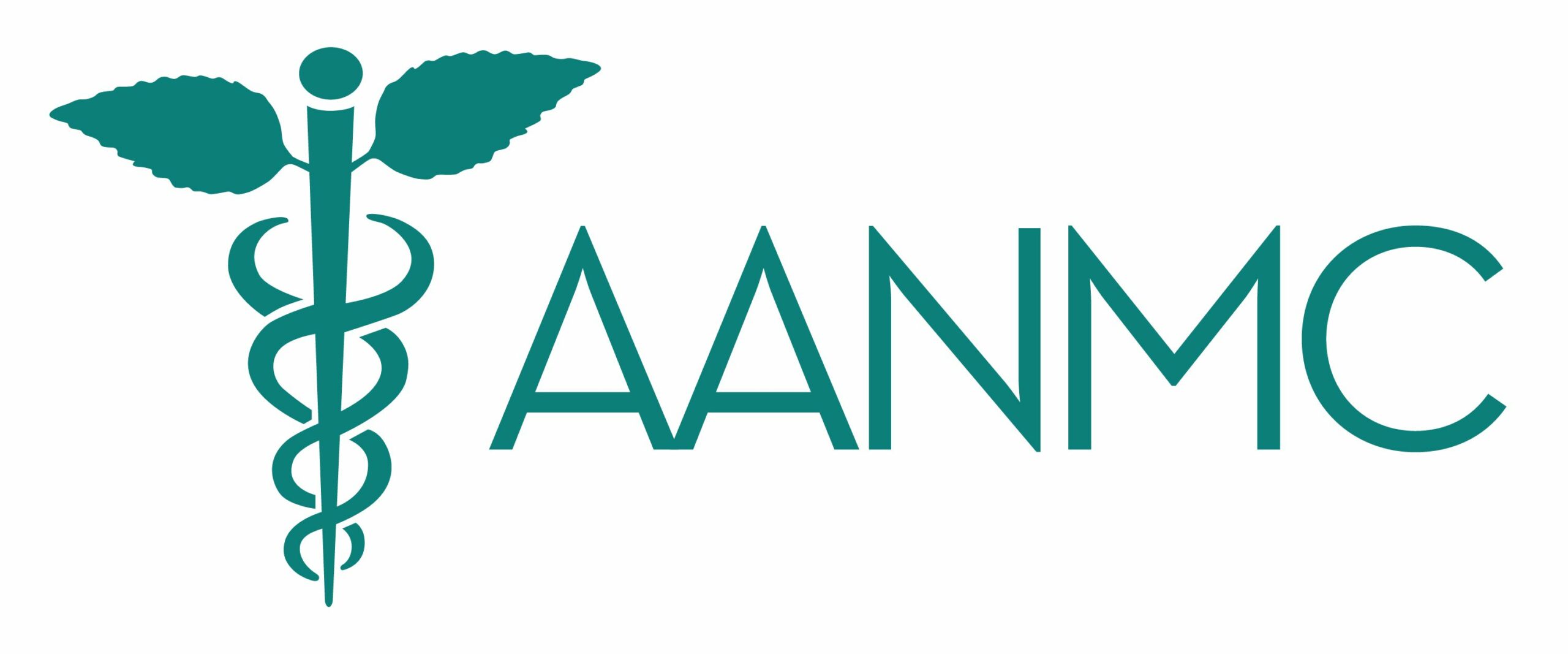One of the first steps in making informed health decisions is the ability to decipher what exactly is in your food. With so much conflicting information on what constitutes “healthy food,” as well as potentially confusing claims on packages, it is in the best interest for consumers to learn how to read food labels and determine if the item meets their needs. Phrases that frequently appear on the front of the packages like all natural, whole grain, low fat, no additives, or heart healthy may not totally mean what you think they do. It has been shown that consumers will base food choices on the claims on the front of the package rather than the nutrition label on the back, so how does one determine the actual nutritional quality of food they are going to purchase (or not purchase)? 1
What to Look for?
Serving Size
Perhaps one of the most misleading parts of a food label is the serving size. Labels list the caloric and nutritional information based on one serving size, which may be a fraction of what is in the container, and frequently less than what the average person may consume. For example, one serving size might be half of a candy bar or half a can of soda, but most people will consume all of it in one sitting. If you’re not careful, you could be eating more fat and sugar calories than you think. Research shows that many consumers do not read or understand nutrition labels adequately, but those who do make healthier choices. 2
Nutrition Information
- Carbohydrates are reported as total grams, and then further separated into fiber and sugar. This number may be important to someone who is diabetic or otherwise watching their carbohydrate intake.
- Fats are reported as the total amount, and then how much of that is saturated fat. Artificial trans-fats, which are detrimental to health, were banned from packaged and restaurant food by the Food and Drug Administration in 2015. 3
- Cholesterol is listed if found in significant quantities. People on a low-fat diet or with elevated blood lipids may want to pay attention these values.
- Protein is reported in grams, and most people don’t need to worry about getting too much, unless they have kidney disease, for example.
- Sodium content is extremely important, because many packaged and prepared foods are very high in salt in order to make them taste good and extend shelf-life. The total daily allowance for sodium is less than a teaspoon per day (2300 mg) and those with high blood pressure should be getting closer to 1500 mg.
- If a product has a significant quantity of other nutrients, such as calcium in a dairy product or vitamin C in orange juice, these will also be listed.
The Order of Ingredients Matters
On any packaged food label, manufactures are required by law to list the ingredients in order by the highest weight. So, if you were to purchase a jar of marinara sauce, you might expect to see the first ingredient as tomatoes or tomato puree, and then on as the ingredients become less prominent in the product, such as water, herbs, and spices. But this is where it is important to pay attention to the entirety of the list. Many packaged foods (even savory ones like the above example of pasta sauce) will have added sugar or high fructose corn syrup to make them more palatable to consumers’ tastes. What at first glance may appear to be a healthy tomato sauce might be laden with other ingredients that should not be consumed on a regular basis!
Generally speaking, if you look at a label, the first two or three ingredients will be the primary ingredients, but also notice if any single ingredient is then followed in parenthesis by several more ingredients; this is a strong indication of a refined product, which may not be that healthy of a choice. A good example is a can a chicken noodle soup, which then lists all of the ingredients in the noodles.
Health Claims
What about those health claims that can mislead people into making choices that may not be all that healthy? Some phrases do not have a lot of meaning, such as “whole grain” ( there is a Whole Grain council that makes recommendations) “all natural” or “no additives”, however some do have a legal meaning set in place by the FDA and food manufactures must adhere to them. For example, for a product to be called “low cholesterol” it must contain no more than 20 milligrams of cholesterol and 2 grams of saturated fat. For a food to be considered “low sodium”, it may not have more than 140 mg per serving. 4,5
Of course, the very best food choices are the ones with no ingredient list at, such as fruits, vegetables, legumes, nuts, and seeds. However, we live in a world where packaged foods are ubiquitous, so having as much information as possible is important.
If in doubt over whether a food is good for you, schedule an appointment with a licensed naturopathic physician and have them walk you through your optimal food plan. In fact, some will literally walk you through a grocery store to educate you on how to read labels effectively so that you can make the best choices for you and your family. Click here to find an ND near you in the US and Canada.








